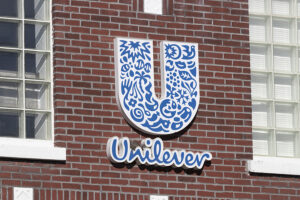Unilever aims to reduce emissions from aerosol propellants

Last year Unilever reduced its Scope 1 and 2 GHG emissions in its operations by 74% against a 2015 baseline, meaning it has achieved its interim target (70% by 2025) two years ahead of its ambition.
GHG emissions decreased by 1% in 2023 against a 2022 baseline. This reduction is net of increased emissions related to greater media and marketing spend, and increased HFC propellant emissions due to volume growth in US and Canadian aerosol products, according to Unilever.
The corporation went on to say that, in the majority of its markets, it uses natural hydrocarbon propellant gases with a low global warming potential (GWP) – primarily in hairsprays, body sprays and deodorant.
However, in the US and Canada, regulation on Volatile Organic Compounds (VOCs) restricts the use of these propellants. Instead, hydrofluorocarbon (HFC) propellants with a higher GWP tend to be used by industry to lower...














